DJI Drones: Revolutionizing Wildlife Conservation
In the serene and sprawling landscapes of Wyoming, a silent revolution is underway, drastically transforming the realm of Wildlife management. DJI drones, once predominantly associated with recreational photography are now at the forefront of an environmental breakthrough. Tasked with a mission far beyond their initial design, these unmanned aerial vehicles (UAVs) are being harnessed by wardens and biologists to usher in a new era of wildlife conservation—one that promises unparalleled efficiency, effectiveness, and safety.
READ MORE: THE BATTLE OVER DRONE LEGISLATION: A CALL TO ACTION FOR AMERICAN DRONE USERS
Elevating Surveillance: The High-Tech Eyes in the Sky
The Wyoming Game and Fish Department’s adoption of drones, exemplified by the sophisticated DJI Matrice 300, marks a significant leap in technological application within the field. Costing around $12,000, these DJI drones are far from being mere gadgets. Equipped with advanced features, they are capable of executing crucial conservation tasks—from meticulously herding elk across vast terrains to conducting detailed animal health surveillance.
The drones’ thermal imaging capabilities, as highlighted by Jared Rogerson, a wildlife disease biologist, stand out for their ability to detect the faintest heat signatures, allowing for the tracking of wildlife with unprecedented accuracy and range, reports Oil City News.
Cost-Effective Conservation: A Financial Lifeline
Amid tightening budgets and growing ecological concerns, the economic argument for drone use in wildlife management is compelling. Traditional methods, such as helicopter surveys, come with hefty price tags, soaring to nearly $900 an hour.
DJI drones emerge as a cost-effective alternative, slashing expenses while boosting operational efficiency. The potential integration of Artificial Intelligence to automate the counting and monitoring of wildlife populations could revolutionize conservation efforts, minimizing human labor and maximizing data accuracy.
READ MORE: PROPOSED DJI BAN FOR EVERYONE, PHILLY PILOT BACK IN COURT, NEW LIDAR, AND AIR AWARE FRIA
Aiding in Adversity: The Case of Elk Management
The harsh winter of 2022-’23 served as a critical test of DJI drones’ utility in wildlife management. Tasked with herding elk away from conflict-prone areas, drones demonstrated their worth, performing tasks that traditionally required riskier, more labor-intensive approaches. John Lund, the Pinedale Region supervisor, shared insights into the practical benefits of drones, emphasizing their capacity to navigate challenging terrains and manage wildlife movements with ease and precision.

Beyond Herding: A Multitude of Applications
The utility of DJI drones in wildlife management transcends herding. These versatile tools are being employed in a variety of conservation efforts, from assessing elk populations to monitoring predator-prey dynamics. Their application is not limited to the open spaces of Wyoming; similar initiatives in Montana see drones being used to monitor bighorn sheep herds, track grizzly bears, and even deter bears from agricultural crops.

Navigating Challenges and Charting the Future
Despite their promising applications, the deployment of drones in wildlife management is not devoid of challenges. Battery life limitations, regulatory constraints, and the need for line-of-sight operation are among the hurdles to be overcome. However, as technology advances and regulatory frameworks evolve, the scope for drone applications in conservation is bound to expand.
Charting a Sustainable Future
As Wyoming stands at the cusp of a new chapter in wildlife management, the integration of drones, including drones from Chinese manufacturer DJI into conservation efforts represents a significant stride toward sustainability. The experiences of the Wyoming Game and Fish Department underscore the transformative potential of this technology.
With every flight, drones are not merely collecting data; they are paving the way for a future where wildlife management is defined by its precision, sustainability, and harmony with nature. In this burgeoning field, the sky is not just a boundary but a vast canvas of possibility.

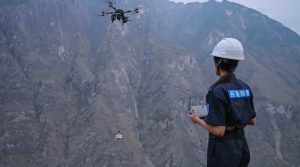


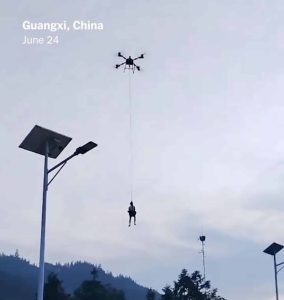
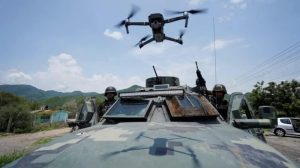


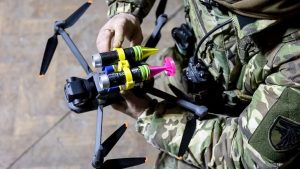



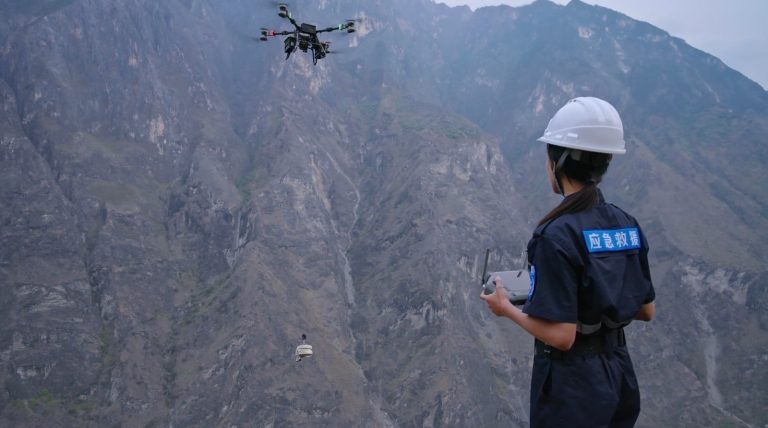

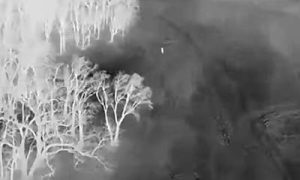


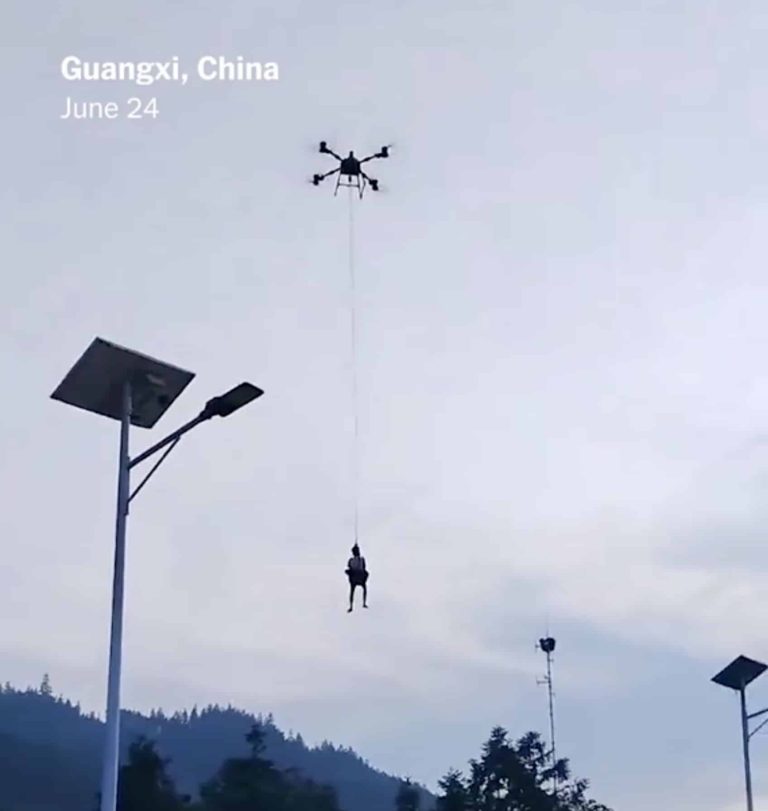
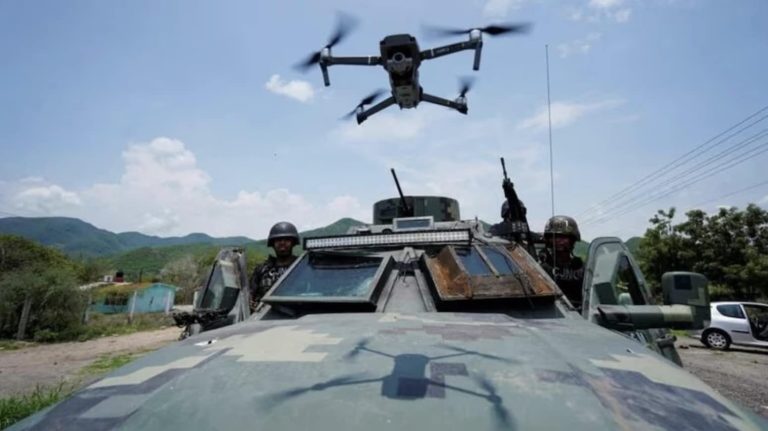

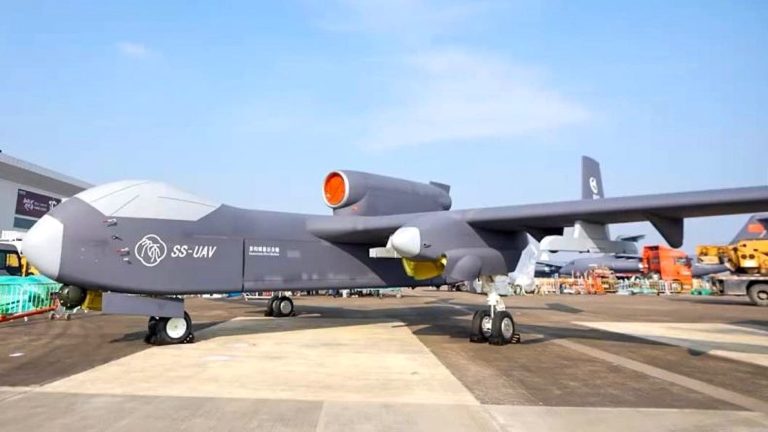
+ There are no comments
Add yours